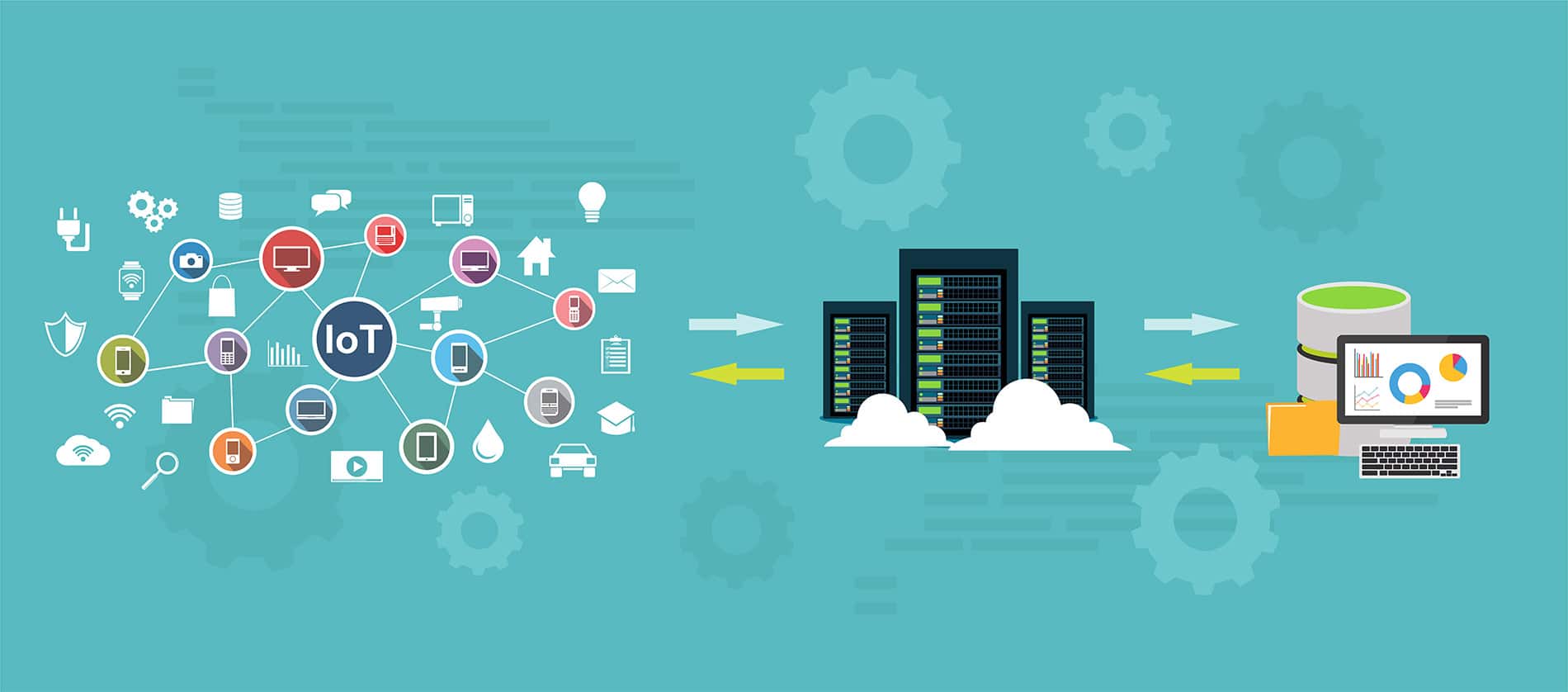Modern companies use hundreds of applications to empower their teams, reach out to their customers, and solve new problems in innovative ways. The use of these applications is projected to accelerate over the next decade. A key issue that enterprise teams must solve is the need to integrate their myriad of applications, get a single view of their business data and build simple yet powerful automations – all in a sustainable way. Two prominent tools consistently feature in this discourse: one is a legacy Extract, Transform and Load (ETL) tool, and the other is a modern integration and automation platform (iPaaS). Here are the key differences between these solutions.
What is ETL?
ETL is a process that extracts, transforms and loads data from one or many sources into a single data repository such as a data warehouse. This is a three-step, batch-driven process that first extracts data from many systems, then cleans and standardizes the data in the format that is required by the business and, finally, loads it into the data warehouse for access by business and IT teams. A related approach is ELT or Extract, Load and Transform with the key difference being in the order of the operations performed on the data.
The Problem with ETL
Most ETL tools are legacy products that can perform some data integration tasks but fail to integrate modern SaaS applications. ETL tools take a long time to set up and launch into production, leaving them unsuitable for the modern era where time to market is highly competitive. Additionally, ETL pipelines can be difficult to modify and update, resulting in significant challenges as organizations try to adapt to changing external circumstances. Finally, legacy ETL tools result in an increasing technical headcount and a higher cost of ownership that scales as your organization grows.
iPaaS can help your teams build real-time, event-driven integrations that can keep your data in sync
The iPaaS Solution
iPaaS is a modern integration and automation platform that is purpose-built for high scalability, low total cost of ownership, flexibility, and speed of deployment. iPaaS can connect any system that has an API and is best positioned for helping your organization scale over the next decade. Moreover, the suite of modern API management capabilities, security and governance features, simple user interfaces and team collaboration features will empower your lines of business to build their own integrations without needing support from enterprise systems teams.
iPaaS can help your teams build real-time, event-driven integrations that can keep your data in sync. Clients can use iPaaS to easily load their data into a central repository, quickly build powerful workflows and get a single view of their business data like never before. iPaaS is powering the emerging trend of the citizen integrator who can build their own solutions independently, as they are the ones who know their business needs best. This approach to integration and automation is what will best position modern enterprises for success in the digital age.
How Palm Beach State is Using iPaaS to Aggregate Student Data, Improve the Studen Experience
For Palm Beach State creating a holistic view of the hundreds of applications and systems they utilize daily, was an important reason to invest in iPaaS.
“We were looking to find a solution that allows us to get the relevant data needed to our stakeholders, while also presenting a user experience for students that makes sense,” Ken Libutti, CIO, said.
One way they are using iPaaS is to make the process of pulling student and registration information more efficient. Using the Workday connector, iPaaS pulls student data from Workday and places it into a data warehouse. Within the warehouse, one can find dashboards for student enrollment and student access measures.
“We didn’t want to build a bunch of point-to-point integrations, rather we wanted to leverage iPaaS to manage all integrations to one data warehouse,” Libutti said.
Additionally, they’ve built another workflow to handle how continuing education students are added to the database. People who enroll in continuing education classes don’t need to be provisioned in the same way a student at the college needs to be, so Libutti and his team had to come up with a way to make Eventbrite work with their other systems.
“We needed to have the courses loaded into our learning management system, as well as make sure the people registered for these classes populated into RAVE,” he said. “RAVE is our mobile safety application, and we use it for a couple of things like emergency announcements, as well as communication to students in targets groups.”
Using iPaaS, Libutti and his team built a workflow that uses APIs from Eventbrite to pull the registration data for each person and place it into an SQL table. That data in the SQL is then used to provision the continuing education students and add them to RAVE, they are also added to Canvas.
The result is a fantastic user experience for the students registering for these non-credit classes through Eventbrite, and a workflow that automates the access and information needed by the institution on the backend to properly create logins and access needed from Active Directory, as well as getting the information into RAVE for any communication needs.
“We want all the data to come into the data warehouse because we know TeamDynamix iPaaS can keep all those APIs in sync, which keeps the data in sync and it ensures we are doing the transforms that need to be done to the data,” Libutti said. “Having that single source of truth – knowing the data is in sync and valid – is our main focus and why we were so interested in investing in iPaaS.”
Want to see how other businesses and organizations are using iPaaS? Check out these customer spotlights:
- Pima County Investing in Supercharged ITSM and Automation to Combat Resource Drain, Improve Service Delivery
- Using iPaaS to Synchronize Data for Better Management of Employee and Student Information
- Using iPaaS to Simplify Onboarding, Financial Aid Processes and More
This article was originally published in August 2021 and has been updated with new information.

